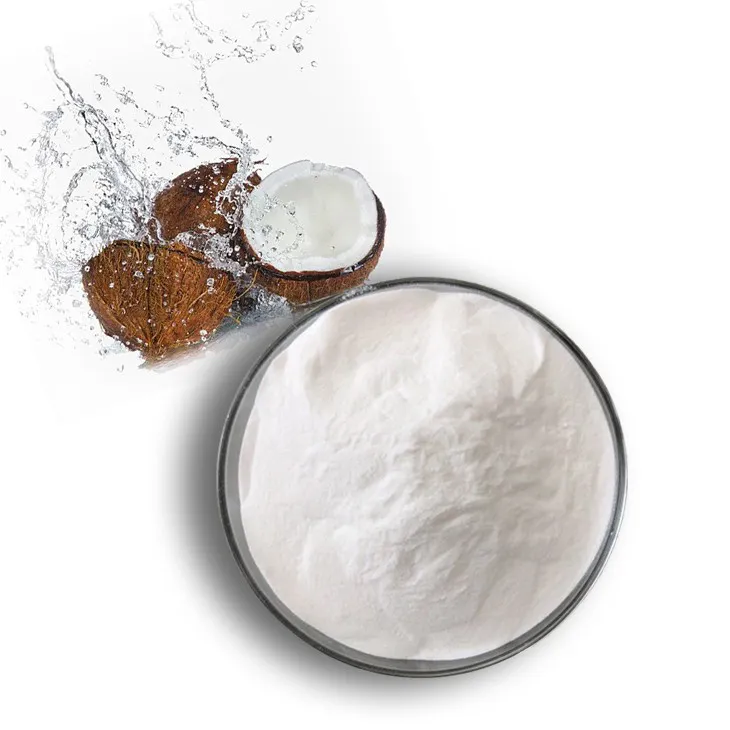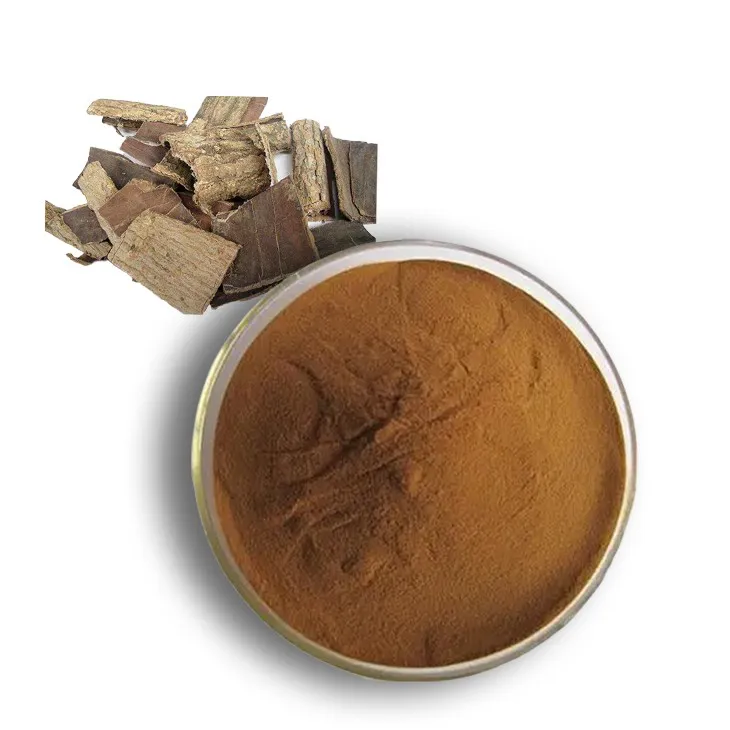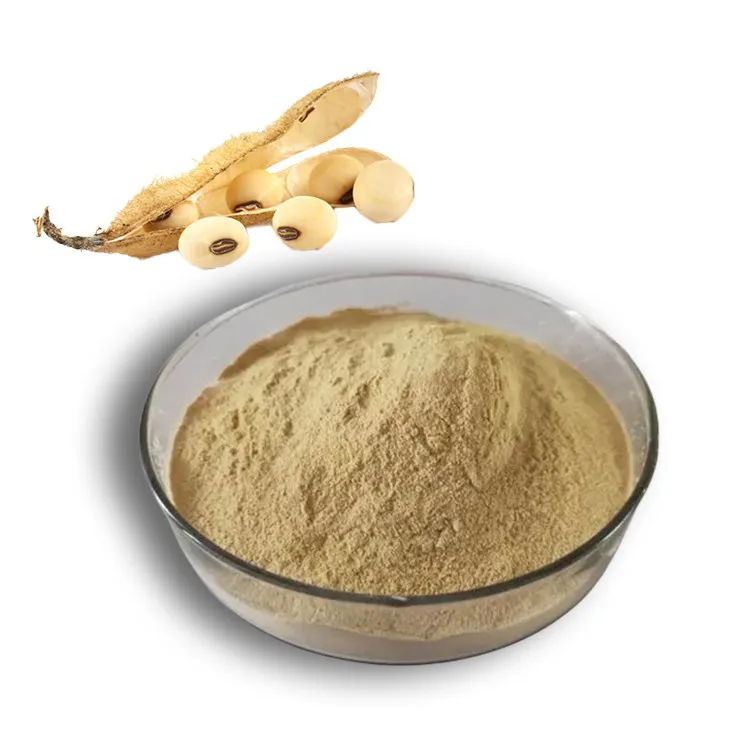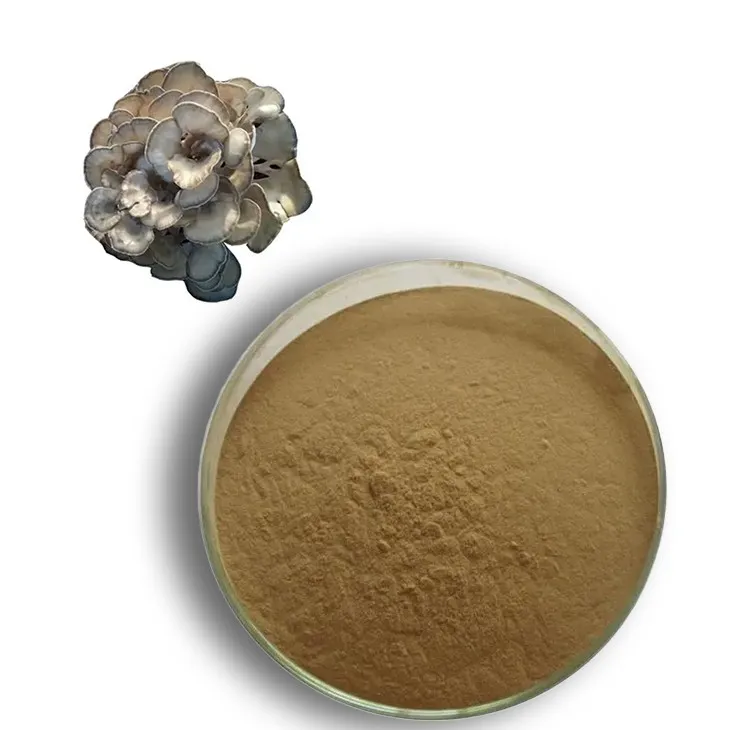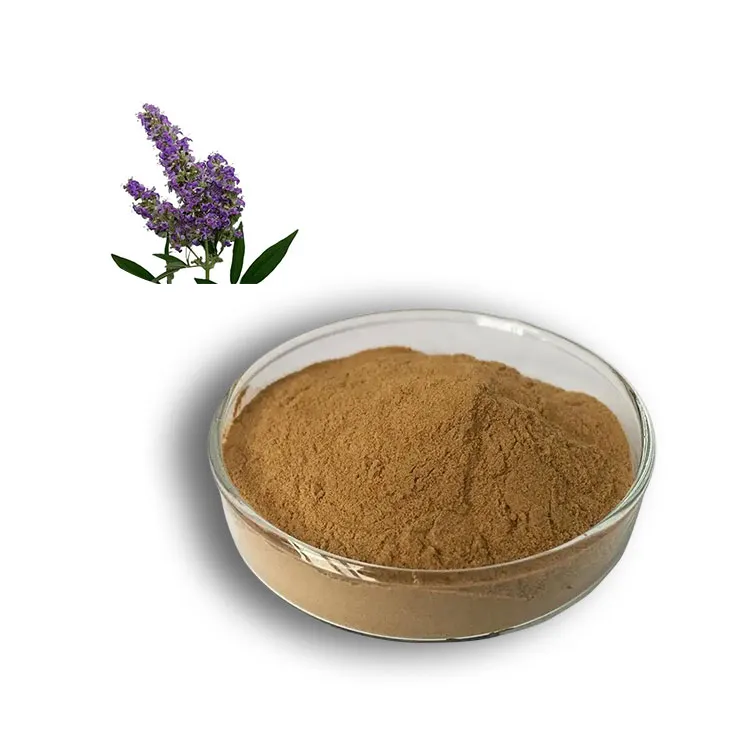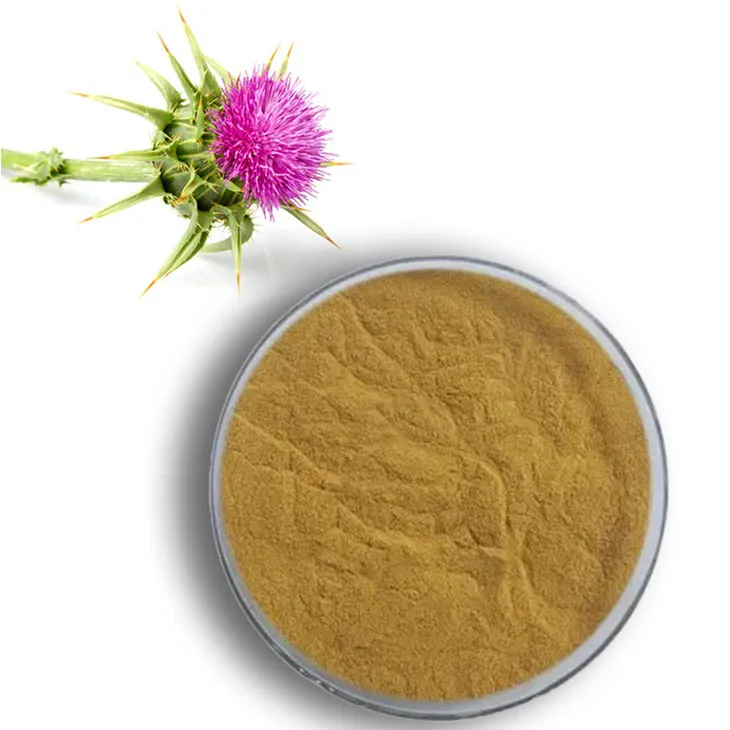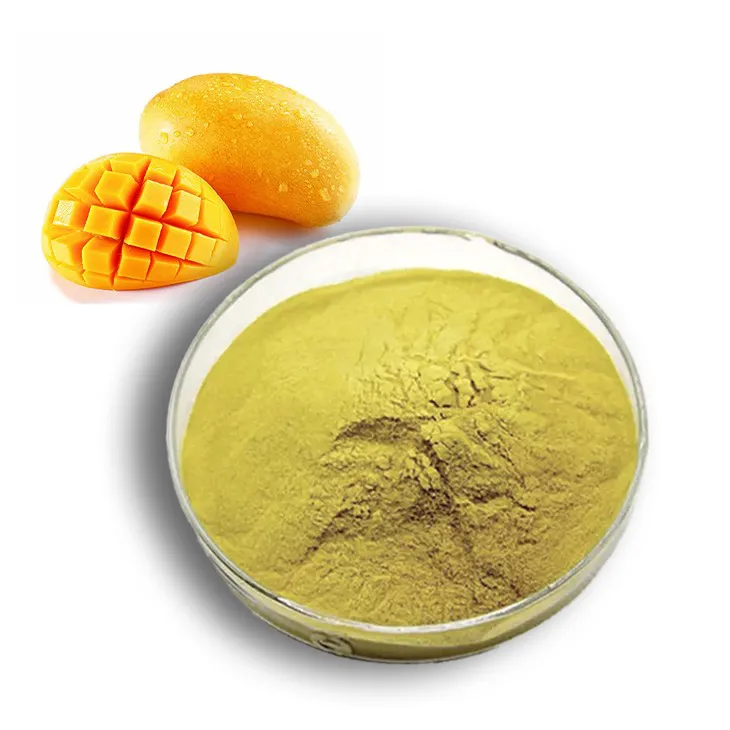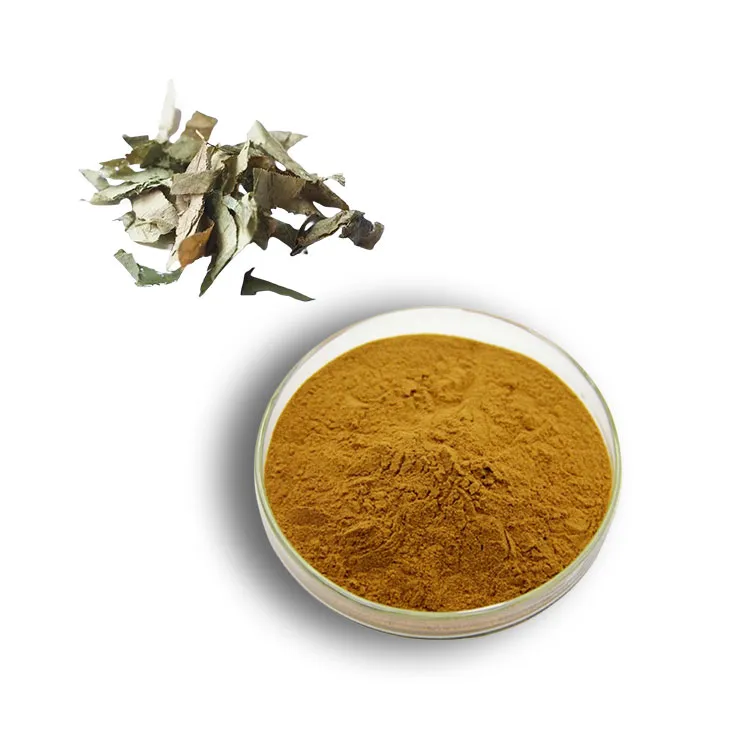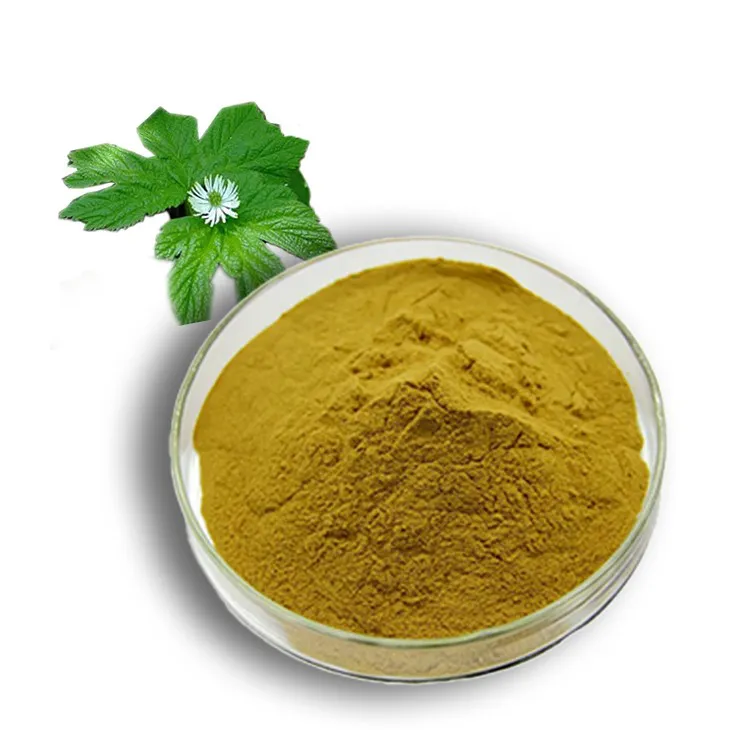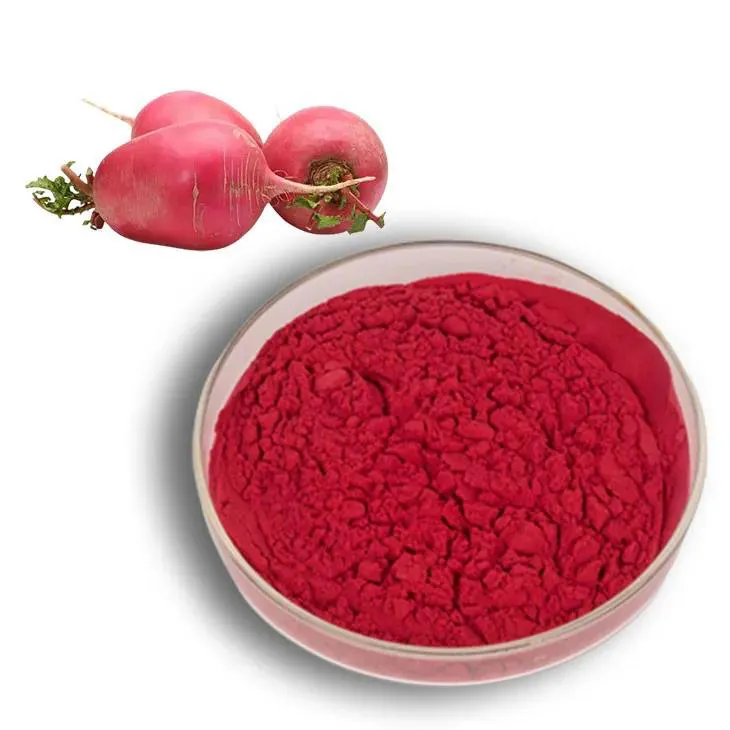- 0086-571-85302990
- sales@greenskybio.com
Preparation process of β - carotene.
2024-12-18
1. Introduction
β - carotene is a vital pigment that plays an important role in various aspects. It is not only responsible for the vivid colors in many fruits and vegetables, such as the orange hue in carrots, but also offers numerous health benefits. For instance, it can be converted into vitamin A in the body, which is essential for good vision, immune function, and skin health. Due to its significance, there has been great interest in the preparation process of β - carotene.
2. Extraction from Natural Sources
2.1. Raw Materials
One of the primary methods for obtaining β - carotene is through extraction from natural sources. Carrots are the most well - known source, but other orange - colored fruits and vegetables like sweet potatoes, pumpkins, and apricots also contain significant amounts of β - carotene. These natural sources are rich in β - carotene due to their physiological functions in plants, such as photosynthesis and protection against oxidative stress.
2.2. Extraction Process
The extraction process typically involves several steps:
- Pre - treatment: The raw materials are first washed thoroughly to remove dirt and impurities. Then, they are often chopped or grated into smaller pieces to increase the surface area for extraction. For example, carrots are usually cut into small slices or grated before the extraction process.
- Solvent Extraction: A suitable solvent is used to extract β - carotene from the pre - treated raw materials. Organic solvents such as hexane, acetone, or ethyl acetate are commonly employed. The choice of solvent depends on factors like the solubility of β - carotene, the selectivity of the solvent for β - carotene over other components, and the safety and cost of the solvent. For instance, hexane is often used because it has a relatively high solubility for β - carotene. The raw materials are soaked in the solvent for a certain period, usually under agitation to enhance the mass transfer process. The solvent extracts not only β - carotene but also other lipophilic substances from the raw materials.
- Separation: After the extraction, the mixture of solvent and extracted substances needs to be separated from the solid residue of the raw materials. This can be achieved through filtration or centrifugation. Filtration is a simple method where the solid residue is retained on a filter medium, and the filtrate (containing the solvent and β - carotene) passes through. Centrifugation can also be used, especially when dealing with fine particles or emulsions. The supernatant (the liquid part containing β - carotene) is then collected.
- Concentration and Purification: The filtrate or supernatant obtained from the separation step still contains a large amount of solvent. To obtain a more concentrated form of β - carotene, the solvent is evaporated under reduced pressure. This helps to remove most of the solvent while minimizing the degradation of β - carotene due to heat. However, at this stage, the β - carotene is not yet pure and may contain other co - extracted substances. Further purification steps may be required, such as chromatography techniques. For example, column chromatography can be used to separate β - carotene from other impurities based on their differential adsorption on a stationary phase. The purified β - carotene can then be obtained in a more concentrated and pure form.
3. Chemical Synthesis
3.1. Reaction Mechanisms
Chemical synthesis is another important method for preparing β - carotene. The synthesis typically involves multi - step reactions based on organic chemistry principles. One of the common approaches is the Wittig reaction or its modifications. In the Wittig reaction, a phosphorane reagent reacts with an aldehyde or ketone to form an alkene. For the synthesis of β - carotene, specific starting materials are chosen based on the structure of β - carotene. The reaction mechanisms are complex and require careful control of reaction conditions. For example, the reaction may need to be carried out in an inert atmosphere to prevent unwanted side reactions due to the reactivity of the reagents.
3.2. Reaction Conditions
- Temperature: The reaction temperature is a crucial factor. Different steps of the synthesis may require different temperature ranges. For instance, some reactions may be carried out at room temperature, while others may need elevated temperatures. However, high temperatures can also lead to side reactions and degradation of the product, so precise temperature control is necessary. In the synthesis of β - carotene, the temperature is often adjusted within a narrow range to optimize the reaction rate and product selectivity.
- Solvent: The choice of solvent affects the solubility of the reagents and the reaction rate. Organic solvents such as tetrahydrofuran (THF), dimethyl sulfoxide (DMSO), or toluene are often used in the chemical synthesis of β - carotene. The solvent should be able to dissolve the reactants well and provide a suitable reaction environment. For example, THF is a polar aprotic solvent that can dissolve many organic compounds and is often used in reactions involving phosphorane reagents.
- Catalysts: Catalysts are sometimes used to accelerate the reaction rate and improve the selectivity of the reaction. In the synthesis of β - carotene, certain metal - based catalysts or organocatalysts may be employed. For example, some transition metal complexes can catalyze specific steps of the reaction, enhancing the formation of the desired product while reducing side reactions.
3.3. Product Purification
After the chemical synthesis, the product is usually not pure and requires purification. Similar to the extraction process, techniques such as chromatography can be used. High - performance liquid chromatography (HPLC) is a powerful tool for purifying synthetic β - carotene. It can separate the product from unreacted starting materials, by - products, and other impurities based on their different retention times in the chromatographic column. The purified β - carotene obtained from chemical synthesis can be used in various applications, such as in the food, pharmaceutical, and cosmetic industries.
4. Microbial Fermentation
4.1. Microorganisms Used
Microbial fermentation has emerged as an innovative and sustainable method for β - carotene production. Several microorganisms are capable of producing β - carotene. For example, some strains of microalgae, such as Dunaliella salina, are well - known for their ability to synthesize β - carotene. These microorganisms can produce β - carotene as a secondary metabolite. In addition, certain fungi and bacteria can also be engineered to produce β - carotene. For instance, genetically modified Escherichia coli has been explored for β - carotene production.
4.2. Fermentation Process
The fermentation process for β - carotene production involves the following steps:
- Inoculum Preparation: A pure culture of the selected microorganism is first prepared. This involves culturing the microorganism in a suitable growth medium under specific conditions, such as appropriate temperature, pH, and aeration. For example, in the case of Dunaliella salina, it is often cultured in a saline medium with a specific nutrient composition at a certain temperature and light intensity.
- Fermentation Medium Preparation: A fermentation medium is formulated to provide the necessary nutrients for the microorganism to grow and produce β - carotene. The medium typically contains carbon sources (such as glucose or glycerol), nitrogen sources (such as ammonium salts or amino acids), and other essential nutrients like vitamins and minerals. The composition of the medium can significantly affect the growth rate of the microorganism and the yield of β - carotene.
- Fermentation: The inoculum is transferred to the fermentation medium, and the fermentation process is carried out in a bioreactor. The bioreactor provides a controlled environment for the microorganism to grow and produce β - carotene. Parameters such as temperature, pH, agitation, and aeration are carefully controlled during the fermentation. For example, in the case of microalgae fermentation, light intensity may also be an important factor to consider, as it affects the photosynthetic activity of the microalgae and thus the production of β - carotene.
- Harvesting and Extraction: Once the fermentation is complete, the microorganisms are harvested from the fermentation medium. This can be achieved through methods such as centrifugation or filtration. After harvesting, β - carotene is extracted from the microorganisms. The extraction methods are similar to those used for natural sources, such as solvent extraction. However, the extraction process may need to be optimized based on the characteristics of the microorganisms.
4.3. Advantages of Microbial Fermentation
Microbial fermentation for β - carotene production offers several advantages:
- Sustainability: It is a more sustainable method compared to chemical synthesis, as it uses renewable resources (such as sugars in the fermentation medium) and reduces the environmental impact associated with the use of large amounts of organic solvents and complex chemical reactions.
- Cost - effectiveness: In the long run, microbial fermentation can potentially be cost - effective, especially when large - scale production is considered. The cost of raw materials (such as the nutrients in the fermentation medium) can be relatively low, and the production process can be optimized for high yields.
- Quality Control: Microbial fermentation allows for better quality control of the product. By carefully controlling the fermentation conditions and the genetic makeup of the microorganisms, the purity and quality of β - carotene can be more precisely regulated.
5. Comparison of Different Preparation Methods
Each of the preparation methods for β - carotene - extraction from natural sources, chemical synthesis, and microbial fermentation - has its own advantages and disadvantages.
- Extraction from Natural Sources:
- Advantages: The product obtained from natural sources is often considered "natural" and may be more acceptable to consumers in the food and nutraceutical industries. It also provides a source of other beneficial nutrients and bioactive compounds that co - exist with β - carotene in the natural source. For example, carrots contain fiber, vitamins, and minerals in addition to β - carotene.
- Disadvantages: The extraction process can be complex and time - consuming, especially when high - purity β - carotene is required. The yield may be relatively low, and it is highly dependent on the availability and quality of the natural source. Seasonal variations can also affect the supply of raw materials.
- Chemical Synthesis:
- Advantages: Chemical synthesis can produce β - carotene in large quantities with relatively high purity. It allows for the production of β - carotene with specific isotopic or stereochemical properties if required. The production process can be more easily scaled up compared to extraction from natural sources.
- Disadvantages: The chemical synthesis process often involves the use of toxic reagents and solvents, which pose environmental and safety concerns. The reaction mechanisms are complex, and precise control of reaction conditions is required to ensure high - quality product. The cost of raw materials and the energy consumption in the synthesis process can also be relatively high.
- Microbial Fermentation:
- Advantages: As mentioned earlier, it is a sustainable and potentially cost - effective method. It can produce β - carotene with high quality and purity through proper control of fermentation conditions. The use of microorganisms also allows for genetic engineering to improve the production efficiency and product quality.
- Disadvantages: The fermentation process requires specialized equipment and knowledge for bioreactor operation and process control. The growth of microorganisms can be affected by various factors, such as contamination, which may lead to fluctuations in product yield. The extraction of β - carotene from microorganisms may also pose some challenges compared to extraction from natural sources or chemical synthesis.
6. Conclusion
In conclusion, β - carotene is an important pigment with diverse applications in various industries. The preparation process of β - carotene can be achieved through extraction from natural sources, chemical synthesis, and microbial fermentation. Each method has its own characteristics, and the choice of method depends on factors such as the intended application, cost, environmental impact, and quality requirements. As research continues, improvements in these preparation methods are expected, especially in terms of increasing the yield, reducing the cost, and enhancing the environmental sustainability of β - carotene production.
FAQ:
What are the main natural sources for extracting β - carotene?
Carrots and other orange - colored fruits and vegetables are the main natural sources for extracting β - carotene. These sources are rich in β - carotene, and through appropriate extraction methods, β - carotene can be obtained from them.
What reaction conditions need to be precisely controlled in chemical synthesis of β - carotene?
In the chemical synthesis of β - carotene, factors such as temperature, pressure, reactant concentrations, and reaction time need to be precisely controlled. For example, a specific temperature range may be required to ensure the proper progress of reactions and to prevent side reactions, and the concentrations of reactants should be adjusted to optimize the yield and purity of the product.
How does microbial fermentation produce β - carotene?
Microbial fermentation for β - carotene production involves using specific microorganisms. These microorganisms are genetically engineered or selected for their ability to produce β - carotene. During fermentation, the microorganisms are cultured in a suitable medium with proper nutrients and environmental conditions. The microorganisms then metabolize and produce β - carotene, which can be subsequently isolated and purified.
What are the advantages of microbial fermentation in β - carotene production?
Microbial fermentation offers several advantages in β - carotene production. It is a more sustainable method as it can use renewable resources. It has the potential to be cost - effective, especially when large - scale production is considered. Moreover, it can be more easily controlled compared to extraction from natural sources, and can potentially produce a more consistent quality of β - carotene.
How is the purity of β - carotene ensured in different preparation methods?
In extraction from natural sources, purification steps such as chromatography can be used to separate β - carotene from other components. In chemical synthesis, strict control of reaction conditions and subsequent purification processes like crystallization can ensure high - purity product. For microbial fermentation, purification techniques similar to those in chemical synthesis can be applied to obtain pure β - carotene.
Related literature
- β - Carotene Production: A Review of Traditional and Modern Approaches"
- "Advances in the Chemical Synthesis of β - Carotene"
- "Microbial Fermentation for β - Carotene: Current Status and Future Prospects"
- ▶ Hesperidin
- ▶ citrus bioflavonoids
- ▶ plant extract
- ▶ lycopene
- ▶ Diosmin
- ▶ Grape seed extract
- ▶ Sea buckthorn Juice Powder
- ▶ Beetroot powder
- ▶ Hops Extract
- ▶ Artichoke Extract
- ▶ Reishi mushroom extract
- ▶ Astaxanthin
- ▶ Green Tea Extract
- ▶ Curcumin Extract
- ▶ Horse Chestnut Extract
- ▶ Other Problems
- ▶ Boswellia Serrata Extract
- ▶ Resveratrol Extract
- ▶ Marigold Extract
- ▶ Grape Leaf Extract
- ▶ blog3
- ▶ blog4
- ▶ blog5
-
Coconut Water Powder
2024-12-18
-
Eucommia Ulmoides Extract
2024-12-18
-
Soy Extract
2024-12-18
-
Maitake Mushroom Extract
2024-12-18
-
Chasteberry Extract
2024-12-18
-
Milk Thistle Extract
2024-12-18
-
Mango flavored powder
2024-12-18
-
Epimedium extract powder
2024-12-18
-
Golden Seal Extract
2024-12-18
-
Beetroot juice Powder
2024-12-18











